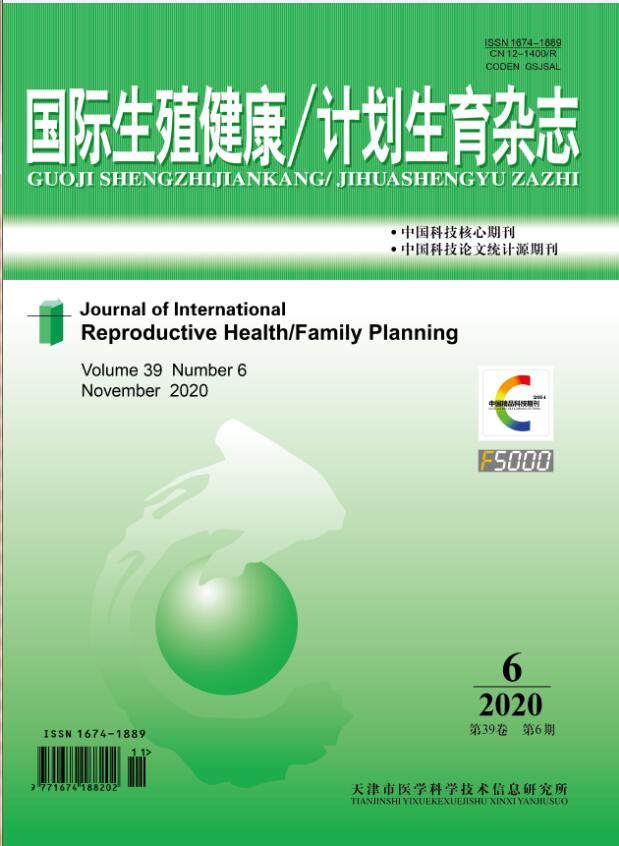|
|
Preimplantation Genetic Diagnosis for Single Gene Defects
KONG De-wen
2011, 30 (4):
314-318.
Because in overwhelming majority of single gene defects(SGD) the gene mutations are heterozygous, it is necessary for most pre-implantation genetic diagnosis(PGD) of SGD(SGD-PGD) to design individually. Thus, the designing becomes very important one of the steps in SGD-PGD. Since the heredity pattern(autosomal dominant and recessive, X-linked dominant and recessive) and the mutation type(point mutation, large or small fragment insertion and deletion, repeat expansion and so on) are different in cases, we should have the corresponding designing tactics and strategy. Through different designing examples, the author will introduce to readers different design tactics and strategies. Nowadays the basic technique link of SGD-PGD is still the amplification for target DNA fragment from single cells(blastomeres) with DNA polymerase chain reaction(PCR), and after then to diagnose the obtained target fragment. The most important step of designing is design of primers that will be used in PCR. At same times the designing should also include to set special PCR protocol for single cell, design restriction enzyme cut site(s)[because for most point mutations, restriction fragment length polymorphism(RFLP) method is commonly used for diagnosis], make the analysis pre-estimate of diagnosis result, and determine which primer of the two in the last round of PCR should be fluorescence?-labelled. Any success SGD-PGD requires an authority core of leadership to organize, coordinate, manage and support the whole team, which is also the precondition to serve SGD?-PGD in groups. Moreover, only when there is close coordination among the inheritance epidemiology workers, the paediatric departments of various hospitals, some special disease research institutes and the groups of molecular biology gene diagnosis, SGD?-PGD can be served for various SGDs comprehensively.
Related Articles |
Metrics
|

